simulate this circuit – Schematic created using CircuitLab
Figure 1. (a) Grounded at supply transformer secondary. (b) Isolated secondary.
Grounded
- In Figure 1a we have a grounded supply. Since one of the lines from the transformer is connected to ground the voltage on it is "neutralised" and so we have Line and Neutral.
- If we get an earth fault at A nothing happens. The line remains neutralised. You might ask why we don't eliminate the ground wire: that's because the earth is not a reliable or particularly good conductor and resistance varies with soil conditions, etc.
- If we get an earth fault at B we will trip a fuse or circuit breaker (not shown). The first fault will shut down the supply.
Isolated
- In Figure 1b there is no ground connection at the supply transformer.
- If we get an earth fault at C then the setup becomes like that of (a) and operation can continue.
- If we get an earth fault at D (not simultaneous with C above) then we have the same situation with LINE1 becoming N and LINE2 becoming live.
Fault detection
The isolated circuit means that operation can continue so the setup is "fault tolerant". This is of little use unless some indication is given that a fault has occurred and that it is scheduled to be repaired.

simulate this circuit
Figure 2. A simple earth fault detection system.
Figure 2 shows a simple earth fault detection system. In normal operation both phases will be pulled towards ground by the lamps which should glow at about half brightness.
If an earth fault occurs on LINE2 there will be no voltage across the LINE 1 FAULT lamp so it will turn off. Meanwhile the LINE1 lamp will have full voltage across it and will go to full brightness.
In power distribution systems they will use something more reliable than a lamp. They may also deliberately switch the faulted line to ground at the substation to keep it neutralised as there may be a chance the cable is lying on the ground and this would present a shock hazard to people and animals.



